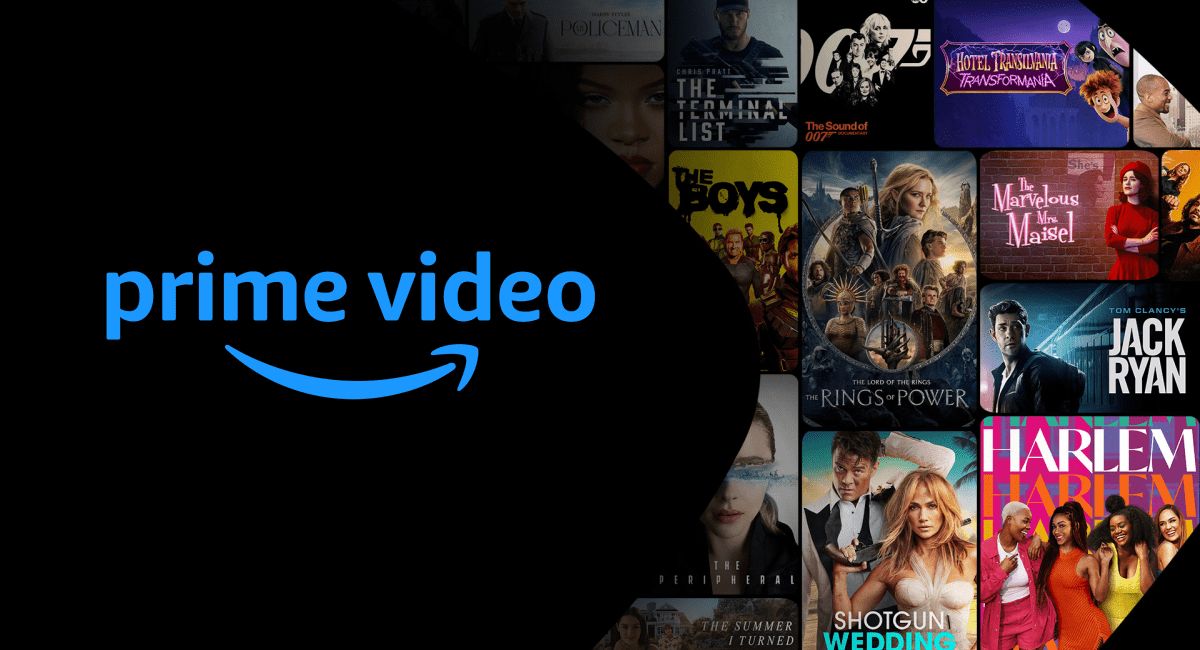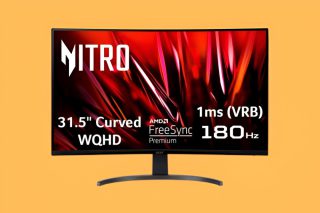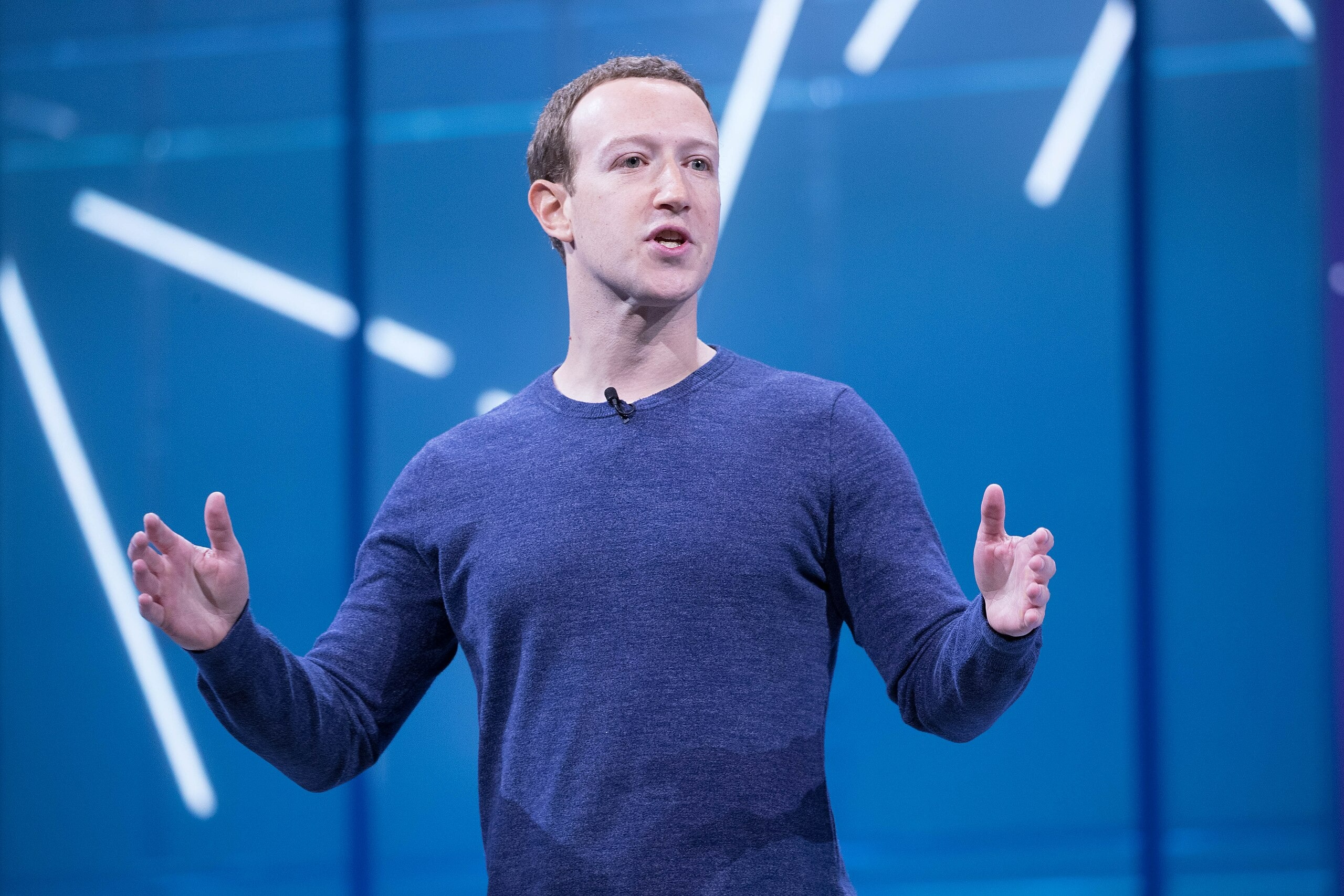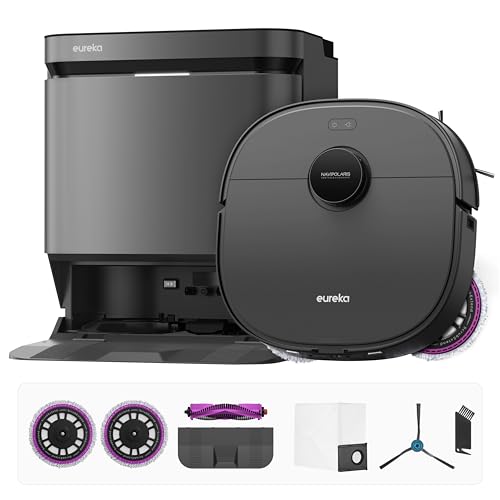Amazon just pulled a classic corporate move: they doubled your ad load without bothering to tell you. Prime Video subscribers now sit through up to six minutes of ads per hour, a sneaky jump from the two to three-and-a-half minutes when ads first invaded your streaming experience in January 2024.
While you were binge-watching The Boys, every major platform was scrambling to figure out how to stop hemorrhaging money on expensive content. This isn’t just about Amazon getting greedy—it’s about survival in the streaming bloodbath.
The Quiet Cash Grab
No cheerful email about this change landed in your inbox. Amazon didn’t send press releases or “exciting update” notifications. Ad buyers found out through internal emails, and the rest of us discovered it the hard way—by counting commercial breaks during our favorite shows.
This move puts Prime Video right in line with industry heavyweights like Hulu and Paramount Plus. Translation: Amazon looked at everyone else making bank from ads and decided they wanted a bigger slice of that pie.
Welcome to the Streaming Hunger Games
The streaming wars have officially entered their “monetize everything” phase. Netflix spent years training us to expect ad-free bliss, then pulled a complete 180 with their ad tier. Disney+ followed suit. Now Amazon’s joining the party like that friend who shows up late but orders the most expensive thing on the menu.
As valuable as crypto was in 2021, your viewing habits have become everyone’s target. Amazon’s betting that you’ll tolerate more interruptions rather than pay extra, especially when you’re already committed to that Prime membership for your weekly Amazon hauls.
Your Options Are Simple
Here’s where you stand: watch more ads or pay more money. The ad-free tier costs an extra $3 monthly for Prime members, or $12 if you’re going standalone. Amazon is betting most people will accept the increased interruptions rather than fork over additional cash.
Jeremy Helfand, Prime Video’s advertising chief, frames this as a “win-win” that funds better content. Whether you feel like a winner while watching your fourth ad break in an hour is another story.
What This Really Means
Ad-supported streaming has become the default expectation across the industry. The company now reaches over 200 million global viewers monthly through its ad-supported tier—a massive audience that advertisers can’t ignore.
Whether Amazon can sell more ads without driving subscribers to cancel or switch platforms remains the crucial test. Early signs suggest most people are willing to tolerate the trade-off, but patience has limits.
Testing how much annoyance your customers will stomach is a dangerous game. Your move, Amazon—remember there’s a difference between strategic revenue growth and pushing too far.




























